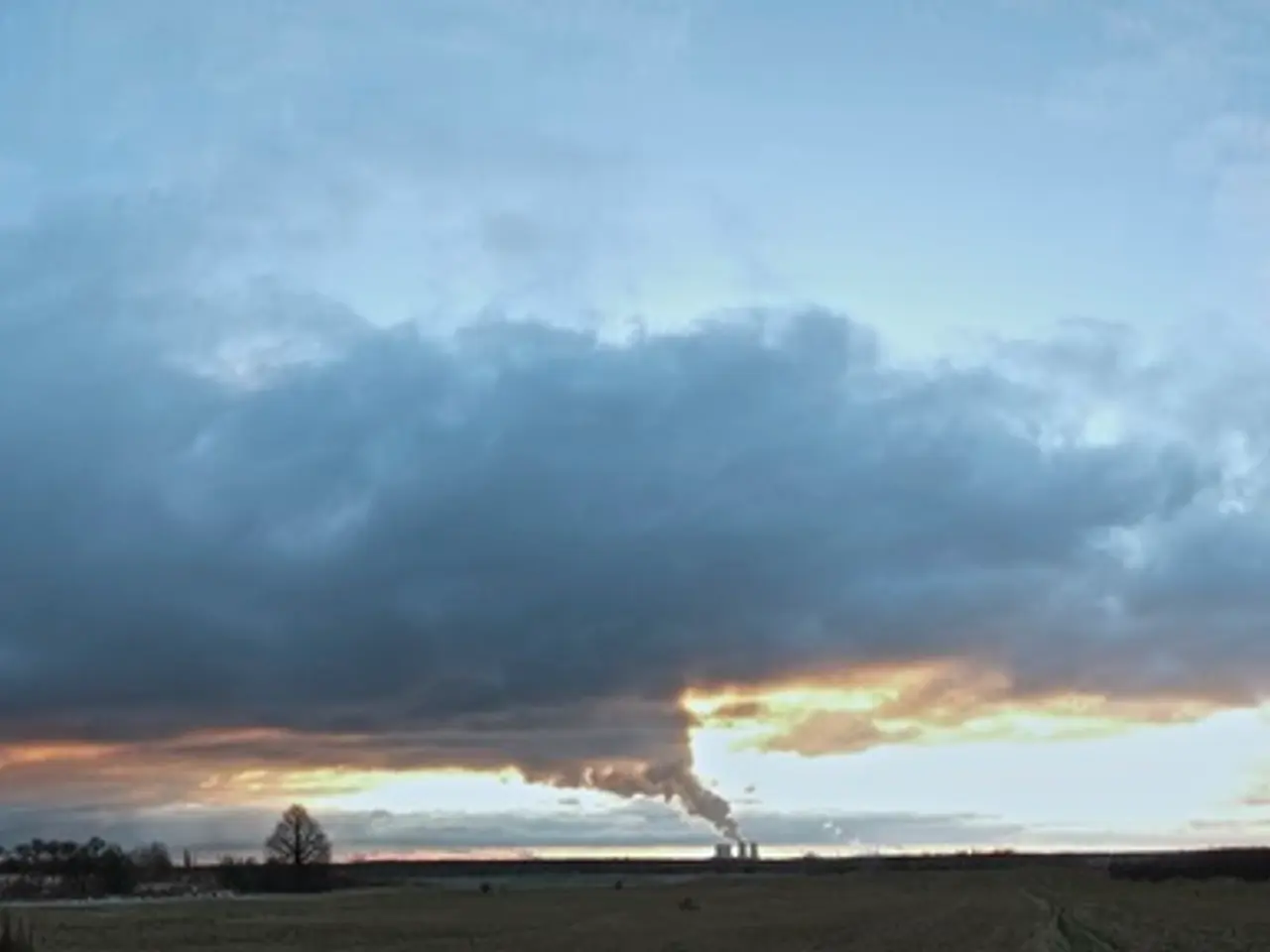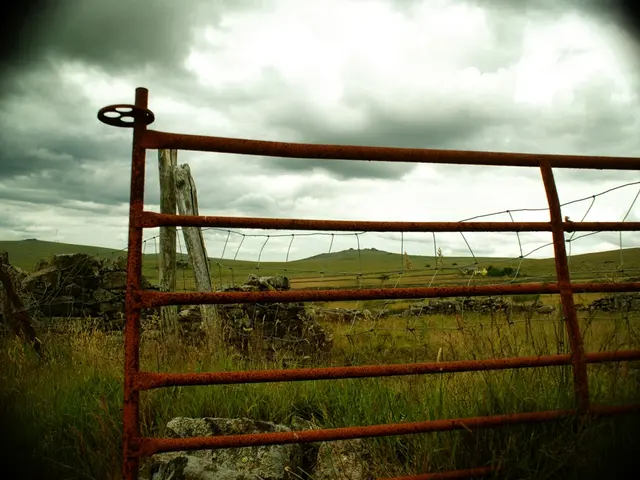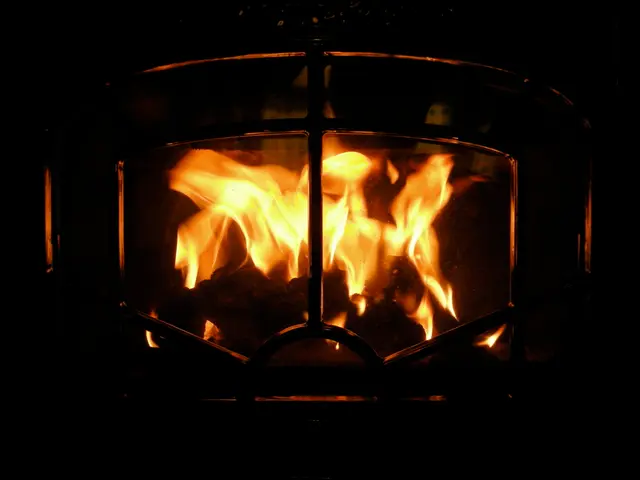Harmful weather events known as dry storms are igniting wildfires in a world that's growing hotter, posing significant threats.
Dry storms, a meteorological enigma, are thunderstorms or storm systems where precipitation is minimal or absent at the surface, yet they produce strong winds and lightning. These weather events are a significant concern, especially in dry environments, due to their potential to ignite wildfires and cause structural damage.
Characteristics of Dry Storms
Dry storms typically occur in environments with dry lower atmospheric layers and moisture confined to mid or upper levels. Despite cloud development and lightning, little to no rain reaches the ground due to dry air near the surface causing precipitation to evaporate before arrival. These storms can produce dangerous downbursts, intense localized downward winds that spread out on hitting the ground, often causing damaging gusts.
One of the most distinctive visual features of dry storms is the 'virga', filaments or curtains of precipitation that hang at the base of clouds but vanish into thin air before reaching the ground.
Dangers of Dry Storms
The primary danger posed by dry storms is the risk of wildfires. Because these storms produce lightning without rain, they pose a severe ignition risk for wildfires in dry areas. The strong winds associated with dry storms can also uproot trees, damage buildings, and cause power outages.
In addition, the powerful winds in dry storms can stir up dust and sand, creating dust storms that reduce visibility and carry particles hazardous to the respiratory system.
The Destructive Chain Reaction
Heat waves act as a catalyst for dry storms by creating strong instability in the lower layers of the atmosphere, generating powerful updrafts that feed the formation of storm clouds. Global warming intensifies this dangerous synergy, making heat waves more frequent, intense, and longer-lasting, creating ideal conditions for dry storms.
The destructive chain reaction was evident in Spain in 1979, in the Ayora-Enguera region (Valencia), where a clear example of the destructive potential of dry storms, heat waves, and climate change was observed.
The Paradox of Dry Storms
The term "dry" in dry storms describes only the outcome at the Earth's surface, not the process occurring within the thunderstorm cloud. Precipitation that forms in the upper layers encounters a layer of extremely dry and warm air in the lower and middle levels, causing raindrops or hail crystals to evaporate before they can reach the ground.
In extreme cases, dry storms can trigger "heat bursts" or powerful downdrafts that lead to sudden temperature spikes of over 10°C within minutes. These heat bursts can further exacerbate the risk of wildfires and structural damage.
In summary, dry storms are hazardous because their strong winds and lightning pose risks of wildfires and structural damage, even with little or no precipitation reaching the ground. Their winds can be widespread and intense, emerging mostly where surface moisture is limited but atmospheric instability and mid-level moisture allow convective storms to develop.
- The lack of precipitation in dry storms, despite thunderstorm development and lightning, makes them a significant concern in environmental science due to their potential to ignite wildfires and cause structural damage, as well as their ability to stir up dust and sand, creating dangerous dust storms.
- Climate change plays a crucial role in exacerbating the destructive potential of dry storms, as heat waves caused by global warming create strong instability in the atmosphere, providing favorable conditions for the development of these weather events, which can lead to catastrophic outcomes such as wildfires and severe damage to buildings and infrastructure.








